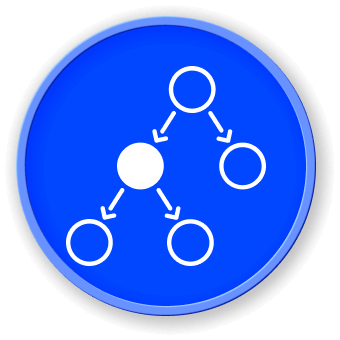Introduction
A linked list is a data structure that consists of a sequence of nodes, where each node contains a value and a reference to the next node in the sequence. Linked lists are commonly used to implement other data structures, such as stacks, queues, and hash tables.


